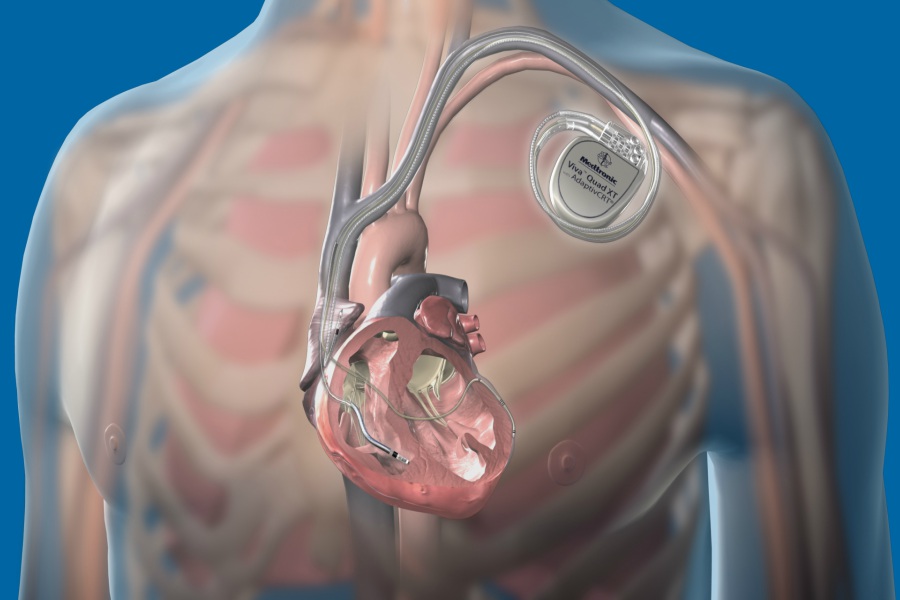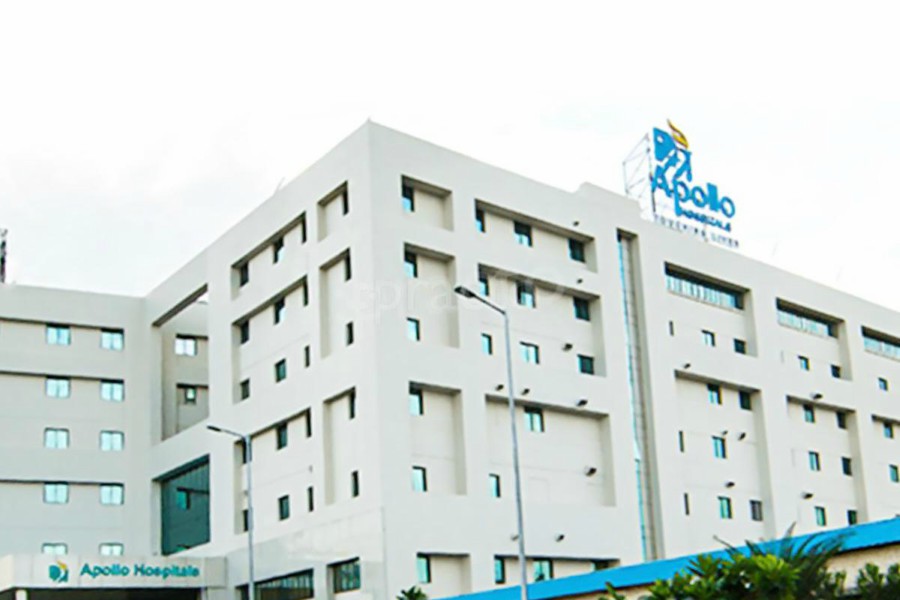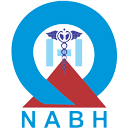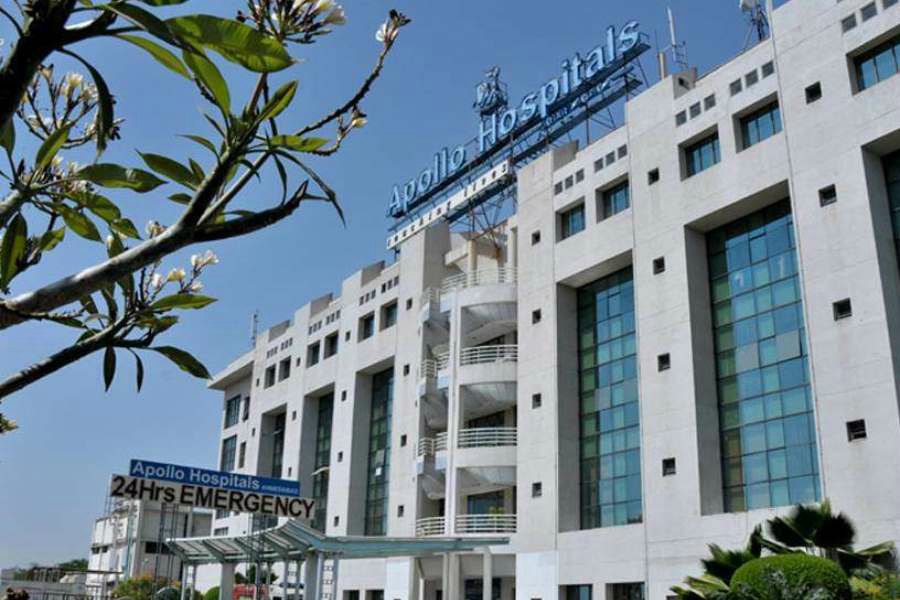
Overview
What is an ICD device?
Implantable cardioverter defibrillator or ICD are small devices of the size of a pager. These are generally implanted under patient’s skin in the chest to detect abnormal heart rhythms. These are particularly useful in preventing the risk of death in patients with severe risk of tachycardia.
Structure of ICD
Here it should be mentioned that whenever people casually mentions about an ICD they basically refer to the entire system. The total implantable defibrillation system basically has two parts the defibrillator or the ICD and the second part called the leads.
- ICD: this is basically the pager shaped battery powered device which is placed to continuously monitor the heart rates and in sent electric shock signals in case of any abnormality detection
- Leads: These are the tiny, thin noodle shaped insulated wires which entwine the heart and the defibrillator. These are responsible for transmitting impulses from the defibrillator to the heart and also in transferring the regular heart impulses back to the defibrillator.
Working principle
The types and patterns of signal that needs to be sent to your heart will be programmed by your doctors based on the nature and type of your heart condition. Depending on the nature of your heart condition ICDs can be programmed in generally 3 types
- The lower energy therapy: this is programmed when there are slight abnormalities in your heart rhythm. In these cases the device will sent low energy painless signals to your heart. Generally you shouldn’t feel anything or sometimes you might feel a painless fluttering in your chest when the device sents signal.
- Cardioversion: in this case the device will be programmed to send higher level of shock signals for greater abnormalities in heart rhythm. Here you might feel a sudden thump in the chest
- Defibrillation: this is the highest form of shock signal therapy used in ICD devices. During this shock you will feel a sudden deep kick in your heart. Note that this signal might knock you out. However the impulse transmission lasts only for a second and you shouldn’t be feeling anything post the shock.
In most cases, only one shock is enough to restore the regularity in heart rhythms. However in severe situations two to three shocks might be administered within 24 hours span.
ICD storm is delivering shock signals frequently in a short span of time. In case you are feeling ICD storm you should immediately rush to ER unit. It could indicate either your device is not functioning properly or you have some other underlying conditions that is causes the irregularity.
Other functions
Apart from the basic three types of shock programming and rhythm restoring, the modern ICD devices can be programmed to treat some other conditions as well. Like
Antitachycardia: this indicates unusually fast heart rhythms. The ICD can be programmed to deliver painless impulses to stimulate the heart rates back to normal
As pacemakers: pacemakers are devices that regulate normal electrical conduction system of heart. Most modern ICDs are designed in a way that they can act as pacemakers.
Recoding and monitoring: ICDs can be used to record and monitor heart activity. This is done by an external computer known as programmer which is used to monitor and detect the heart signals based on which your doctors can plan your further treatment procedures.
S-ICD: Another improvisation on the regular ICD is subcutaneous ICD where the device is implanted near the armpit and the wires run across the breastbones. These are recommended for patients who have structural defects hindering the lead wiring of traditional ICD. This is a comparatively less invasive procedure.
Causes
Your doctors might recommend ICD implant to you in case you have
- A prolonged sustained high heart rates or tachycardia in the ventricles
- Cardiac arrest
- Arrhythmias in ventricles
- A weak heart due to coronary heart diseases
- Some external abnormal growths in heart like enlarged muscles in heart known as dilated cardiomyopathy
- Or in case you have thickened heart muscles known as hypertrophy in cardiomyopathy
- In case you have congenital diseases like prolonged QT wave syndrome( especially in case of younger patients)
- Some other extremely rare heart conditions like Brugada syndrome, or arrhythmogenesis in right ventricle causing dysplasia
SYMPTOMS
These symptoms associated with irregular heartbeats can prompt a cardiac specialist to look at treatment options involving ICD:
- Fluttering sensation
- Faster or slower heart beats
- Feeling sudden chest pain
- Dizziness
- Feeling lightheaded
- Profusely sweating
- Fainting
DIAGNOSIS
Before the procedure
- The general steps to be followed before the procedure are
- Your physicians will take your detailed medical history
- Your doctors will brief you about the procedure
- In case you are pregnant or planning one you should ask the doctors about associated risks and steps
- Your blood will be tested for all basic blood related disorders
- All the basic vitals will be monitored and recorded
- Sometimes a cardiac stress tests is performed
- In case you are allergic to substances do mention it to your doctors
- Stop taking any food or medicine or supplement or any other form of antibiotics you are on
RISK FACTORS
Risks are not uncommon with cardiac surgeries. Some of the risks with ICD include:
- Chances of infection at the site of implant
- Any allergic reaction
- Bleeding
- Swelling or bruising at the site of implant
- Nicked vein or artery during catheter insertion
- Severe bleeding around heart
- Blood leakage at the site where ICD is placed
- Pneumothoraces
POST-OPERATIVE CARE
- Post the surgery you will be observed for one or two days
- Increase your breathing and heart rate stabilizes will be discharged from the hospital
- The insertion area might remain swollen and tender for a week or so
- You might be recommended non aspirin pain relievers like acetomorphine, ibuprofen etc.
- You can return to your regular life couple of days after the surgery however precautions you might need to take includes
- Avoid any rigorous physical activity for 2-4 weeks
- Don't lift weight more than 5 pounds
- Refrain yourself from playing any contact sports or straining exercise schedules
- Don’t drive for one or two weeks
- Keep cellular phone or frequency emitting devices around six inches away from ICD site
- After an ICD implant you will receive a card. Show this during airport or any other custom security check as the implant device might set off the alarms
- Handheld metal detectors have magnets within them that can interfere with your ICD signal. Thus refrain from them and request for manual search
- Don't undergo any test that has radio frequency or magnetic resonance
- Stand at least two feet away from motor generator high voltage transformers welding equipment etc
- Avoid contact of your chest from any form of magnet
- Visit doctor regularly
TREATMENT
The procedure
- This process can be performed both inpatient and outpatient basis
- All your vitals will be monitored while lying on surgery table
- The area where ECG electrodes are suppose to be will be cleaned, sterilised or shaved
- Electrodes pads will be placed both front and back side of your heart
- And IV will be connected through which you might be administered a mild sedative
- The insertion site will be cleaned and sterilized. Towels and sheets will be placed near it
- You will be administered local anaesthesia in insertion site
- Doctors will make a small hole in insertion site
- Under the collar bone a small catheter known as the introducer will be put inside your blood vessels.
- Through this catheter the lead wire will be inserted
- Now the lead wire will be introduced into the heart through the vessels
- Depending on your condition you might require multiple lead wires
- To ascertain the location of lead wires fluoroscopy might be conducted
- ICD defibrillator will be placed under the skin
- Note that in case you are right handed, ICD generator will be placed on the left side of the chest and vice versa
- Once place and attachment is done easy another test will be performed to assess the functionality of the device
The time taken for ICD surgery is around 2 to 4 hours. And you will be kept in observations for another two days.
FACTORS AFFECTING COST
One of the greatest benefit of Indian healthcare system is that you can get state of the art facilities with top notch cardiologists at minimal cost rates. The total cost will include
- Cardiologist and surgery team charges
- Medications and other tests
- Cabin fee and associated charges
- Miscellaneous
FAQ
No it cannot cure the problems completely
That will depend on your heart condition and your doctor’s recommendations. However the frequency generally varies from 2-4 months or 6 months
The battery should be checked in every 3-6months and in case it is out of power, a minor outpatient surgery is needed to replace the old one. Generally the battery longevity is around 7 years.


 Best Hospitals
Best Hospitals












